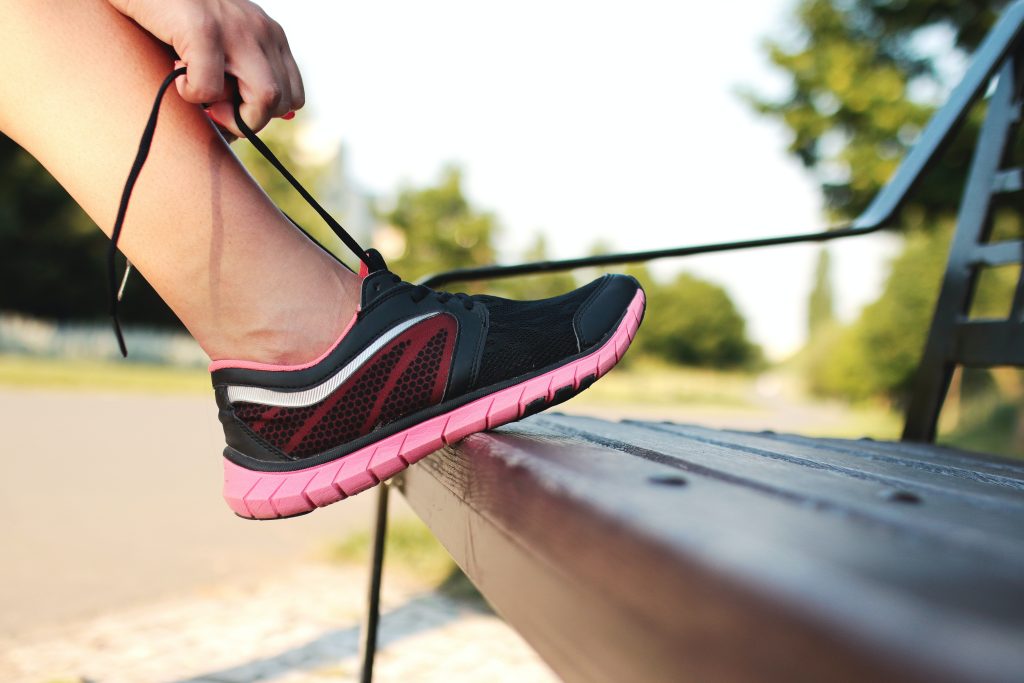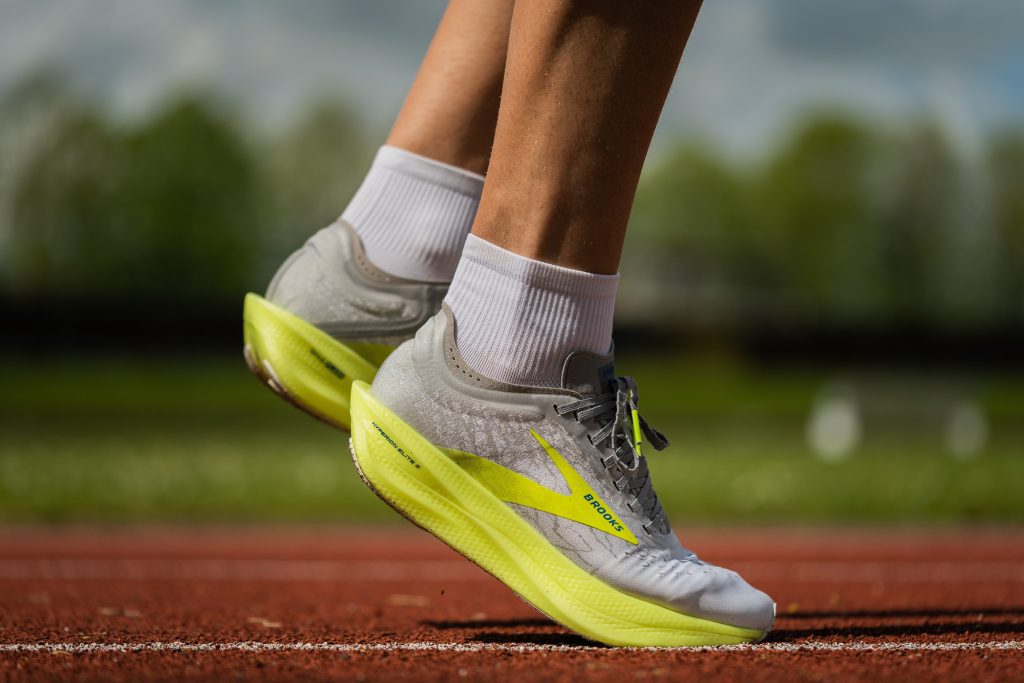The Pros And Cons Of Minimalist Running Shoes: What You Need To Know
Minimalist running shoes have been gaining popularity in recent years as a potential solution for reducing running-related injuries. These shoes are designed to mimic the feeling of running barefoot, with a thin sole and minimal cushioning.
Proponents of minimalist running shoes argue that they can help improve running form and reduce the risk of injury. However, the effectiveness of minimalist running shoes in preventing injuries is still up for debate.

On one hand, minimalist running shoes encourage a more natural running gait, which can reduce the impact on joints and muscles. By allowing the feet to move more freely, minimalist shoes can help strengthen the muscles in the feet and lower legs, which can improve overall running performance and reduce the risk of injury.
Additionally, the reduced cushioning and support in minimalist shoes may encourage runners to land more softly on their feet, reducing the impact on joints and reducing the risk of injury.
Conversely, improper use of minimalist running shoes can heighten the possibility of sustaining injuries. Because minimalist shoes provide less cushioning and support than traditional running shoes, they can put more stress on the feet, ankles, and lower legs.
Additionally, switching to minimalist shoes too quickly can lead to overuse injuries, as the muscles in the feet and lower legs may not be strong enough to handle the increased workload.

Ultimately, the effectiveness of minimalist running shoes in preventing injuries depends on the individual runner and their specific needs. While minimalist shoes can be beneficial for some runners, others may require more cushioning and support to reduce their risk of injury.
It’s important for runners to listen to their bodies and gradually transition to minimalist shoes if they choose to do so, to avoid overuse injuries and allow the muscles in the feet and lower legs to adapt to the new style of running.
In conclusion, minimalist running shoes may be an effective tool for reducing the risk of running-related injuries for some runners. However, it’s important to approach the use of these shoes with caution and to gradually transition to them over time, to avoid overuse injuries and ensure that the muscles in the feet and lower legs are strong enough to handle the increased workload.
